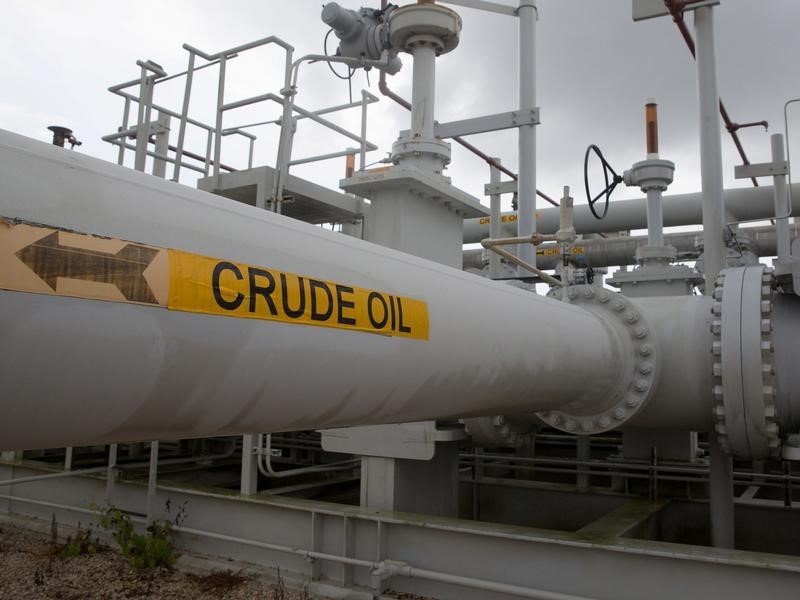Oil at 6-1/2 Month Low on China Demand, Saudi-Iran Supply
2022.08.15 21:42

By Barani Krishnan
Investing.com – Call it the triple whammy for oil bulls.
Crude prices hit six-month lows Monday after top importer China released dismal July data while the country’s central bank cut lending rates to revive demand in what was clearly an economy slowing from Beijing’s zero-Covid policy that had clamped down on factory and retail activity and was squeezing the property market.
ING Bank cut its forecast for China’s 2022 GDP growth to 4%, down from a previous projection of 4.4%, and said a further downgrade was possible.
That was after China’s refinery output slipped to 12.53 million barrels daily, its lowest since March 2020, government data showed.
That was on the demand side. On the supply end, two other culprits stood: Saudi Aramco (TADAWUL:2222), the company that’s supposed to hold up high prices for producers. The other was Iran.
The Islamic Republic is to respond by midnight on Monday to the European Union’s “final” draft text to save a 2015 nuclear deal, its foreign minister said. Tehran also called on the United States to show flexibility to resolve three remaining issues that stood in the way of a deal.
Oil supply could rise if Iran and the United States return to their arrangement from seven years ago to legitimately allow Tehran to export oil on the condition that it was not making an atomic bomb.
But Aramco was the real surprise. The head of the world’s top oil exporter said it was ready to ramp up output despite signs of a slowing economy.
“We are confident of our ability to ramp up to 12 million bpd any time there is a need or a call from the government or from the ministry of energy to increase our production, ” Aramco’s CEO Amin Nasser said.
Analysts tried to make sense of Aramco’s pivot on production which came just after the Saudi-led OPEC, or Organization of the Petroleum Exporting Countries, suggested a weakening in oil demand by the end of the year.
OPEC pumped 26.72 million barrels per day in July, up 610,00 from June’s revised estimate, a Reuters survey found. OPEC output has risen every month since June 2020 apart from in February.
That’s why few were surprised when the group, in its monthly report on Friday, revised down by 260,000 barrels its daily oil demand expectations for 2022.OPEC has typically used lower demand as an excuse to cut production and boost prices.
The downgraded OPEC forecast came on the same day that the International Energy Agency said soaring international prices for natural gas could prompt more energy consumers to switch to oil for year-end heating purposes.
Thus Aramco’s seemingly altered stance on Saudi production was surprising as the state-owned company rarely makes such a comment without it coming all the way from Energy Minister Abdulaziz bin Salman or his half-brother, the Crown Prince Mohammed bin Salman.
John Kilduff, founding partner at New York energy hedge fund Again Capital, said: “The Chinese economy is pointing lower, U.S. crude production is rising and leading economies all have problems patches that look set to worsen. And Aramco’s hinting at higher production?”
In the United States, the winding down of the peak driving season signals that an impending drop of fuel demand, especially after parents cart their children back to school and college over the next two weeks for the new academic year beginning September.
Just ahead of Monday’s settlement, West Texas Intermediate, the benchmark for U.S. crude, was at $88.83, down 3.5% on the day. It earlier plunged to $86.86, its lowest since January.Brent, the London-traded global benchmark for crude, was at $94.51, down 3.7%. The session low for Brent was $92.80.








